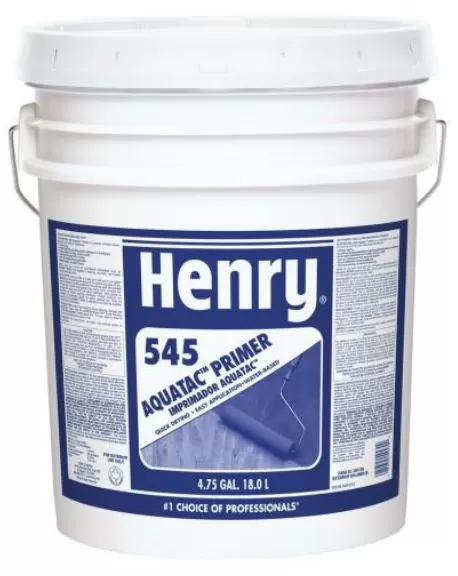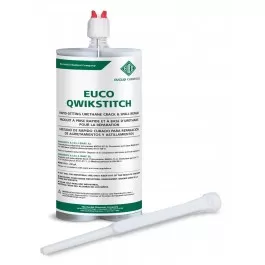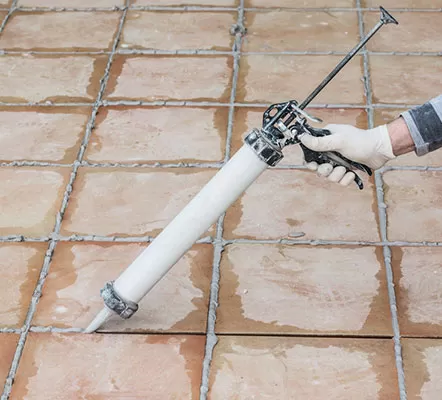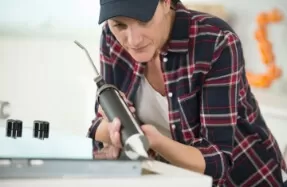Blog, Sealant Products
Polyurethane Sealants Applications: How To Caulk Properly
While caulking may seem like a simple task for a homeowner, it is a procedure that requires skills, knowledge, and precision. From selecting the right type of caulk for the right surfaces and areas to applying the layer of sealant evenly to skillfully cleaning up drips and excess, you will require practice to use the right amount and fill the openings, gaps, and cracks carefully. Additionally, you will need to learn how to bond different materials together – think metal-glass and metal-wood, where you will need to find out the perfect duration to leave them to cure. Fortunately for homeowners, polyurethane sealants are one of the most versatile and durable caulks in the market. They can be applied to many materials as they are highly adhesive and ideal for exterior and interior applications due to their high durability, moisture resistance, and elasticity. In addition, they have a long lifespan ranging from five to ten years and will usually shrink minimally. This article provides you with some tips for caulking in your home.
Using The Right Caulk Gun
There are a variety of caulk guns available on the market. For a beginner, you should be looking towards a heavy-gauge metal gun with an in-built cutter and a steel pin to puncture the seal of the caulk tube. If you are more experienced or a professional yourself, you can opt for a solid, notched-shaft gun where it can dispense smoother beads of sealants. They are usually pretty affordable and usually can cost up to $7. However, you won’t have to pick up that caulk gun if you are doing smaller interior jobs where cracks and openings are smaller and tighter. Instead, you can opt for spray-on, wipe-on, brush-on polyurethane sealants, where you can easily apply and fill in these gaps.
Picking The Right Weather Condition And Environment
One mistake that most beginners make is storing and using caulks in the wrong conditions. Before caulking, you should always pay attention to the environment and weather conditions. Naturally, in the colder seasons, caulks are difficult to work with, and the consistency may tend to be more viscous and harden. Therefore, it Is crucial to check the label of the caulks and use them in the most optimum temperatures. Generally, when the weather turns colder, you will want to store your caulks indoors to keep them warm regardless of the type.
Getting The Tip Right
When applying the caulk, you should always ensure that the size of the opening is just right. Unfortunately, many homeowners tend to cut the tip of the tube too far down, which could cause issues like applying an excessive amount. As a rule of thumb, the opening should usually be smaller than the bead you dispense, and you should cut the tip at a 45-degree angle rather than a straight cut to better accommodate the curves of interior corners. Additionally, if the gap you are covering is over 1/2″ deep, you should wedge a flexible backer rod to limit the filling of the caulk to a maximum of 3/8″.
Reapplying The Caulk
Removing existing caulk before adding new caulk is essential to a smooth and even application. You can use a chisel or sharp utility to scrape off the old sealant and use a vacuum or a brush to remove the excess debris. To remove remnant soap scums on tubs and showers, you can use rubbing and a blower dryer or cloth to dry the moisture in damp joints. Overall, you want a clean and excess-free opening when applying the caulk to extend the longevity of the caulk and prevent the polyurethane from degrading rapidly, which can happen mixed with other types of sealants such as silicone.




